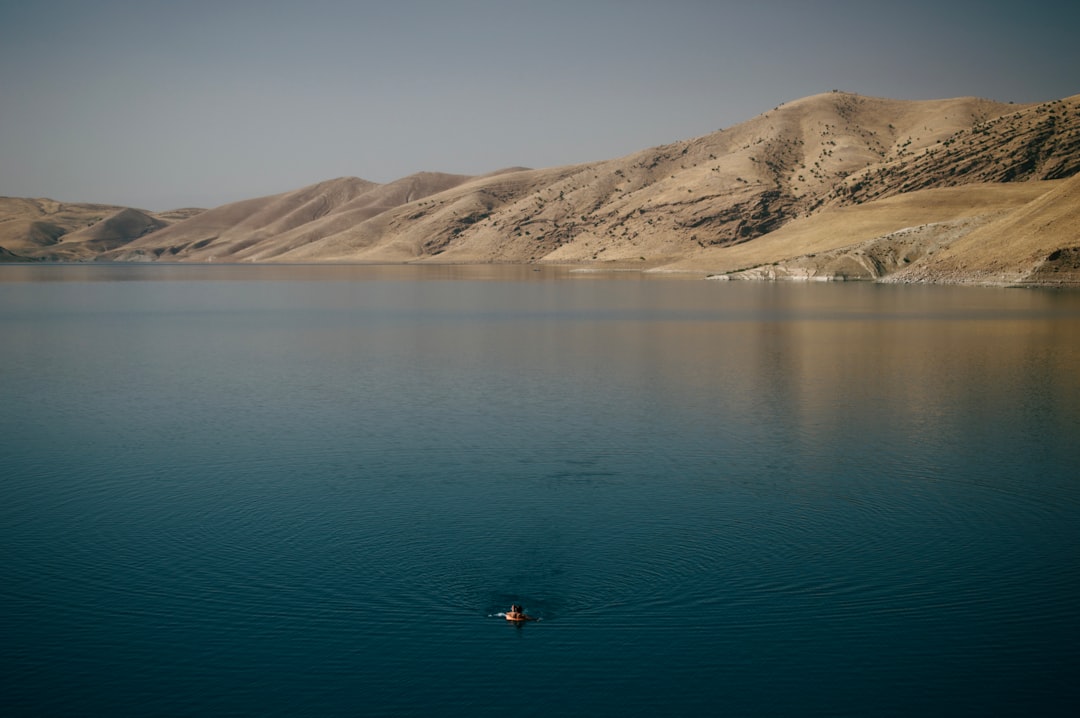What is it about?
Vertical greenery systems, including green facades and living walls, are documented to be of significance to address the urban issues such as heat islands, energy efficiency in buildings, and climate change mitigation. However, most users are apprehensive of using them in buildings because of high costs associated with them. This article presents a systematic review of economic performance of both green facades and living walls using economic indicators such as internal rate of return (IRR), Net Present Value (NPV) and cost benefit analysis (CBA).
Featured Image

Photo by Pawel Czerwinski on Unsplash
Why is it important?
The review establishes that while vertical greenery systems offer a wide range of benefits, some systems, such as modular living walls, may be economically unsustainable. Green facades, on the other hand, are inexpensive and provide benefits that outweigh their operating and maintenance costs.
Perspectives
I believe this article will help people think of green facades and living walls through a more realistic lens of “economics” and benefits to help them make an informed decision.
Irfan Haider Khan
Jamia Millia Islamia
Read the Original
This page is a summary of: A Systematic Review of Economic Sustainability of Vertical Greenery Systems for Buildings, Construction Economics and Building, June 2024, UTS ePress,
DOI: 10.5130/ajceb.v24i1/2.8710.
You can read the full text:
Contributors
The following have contributed to this page










